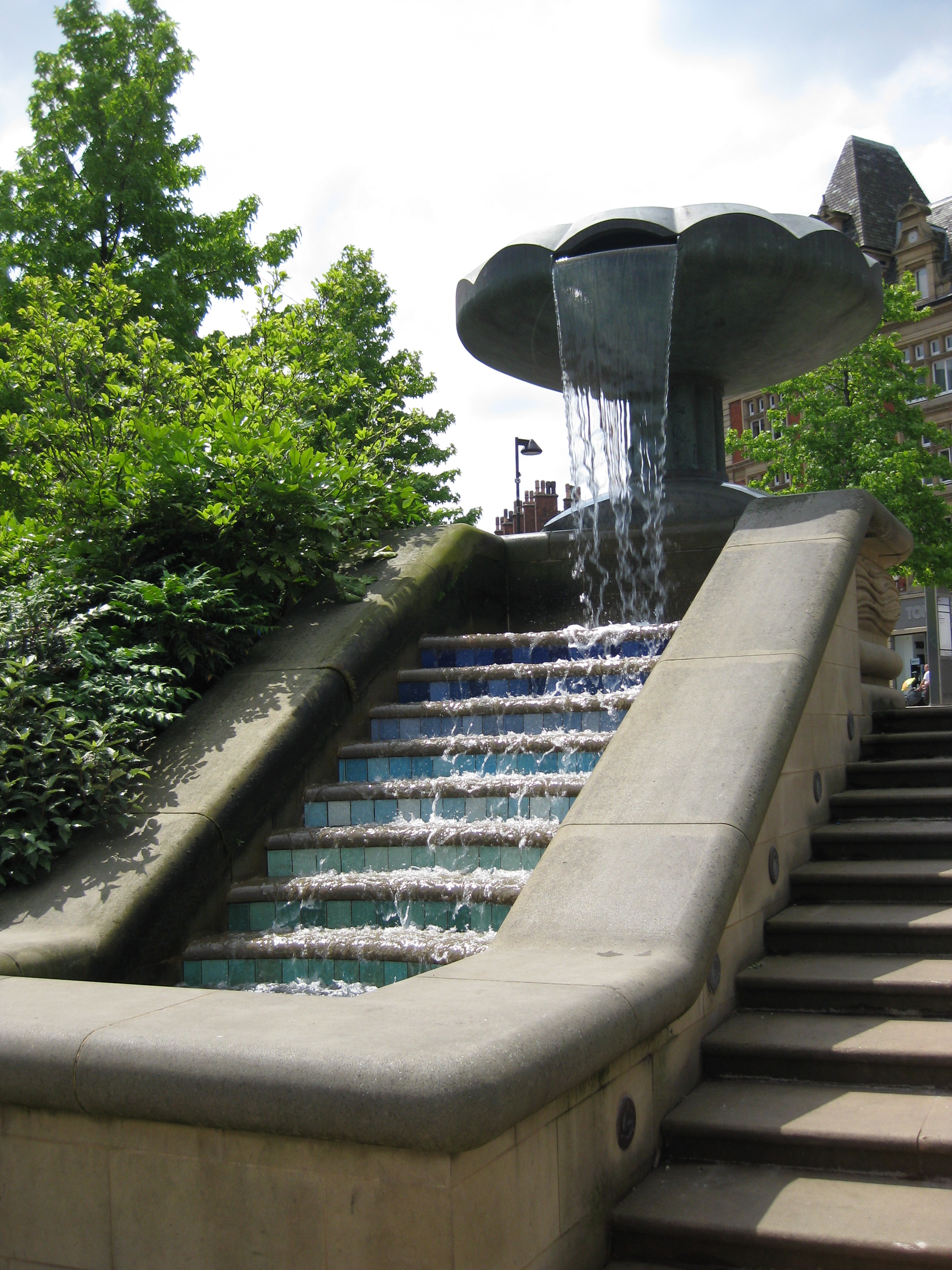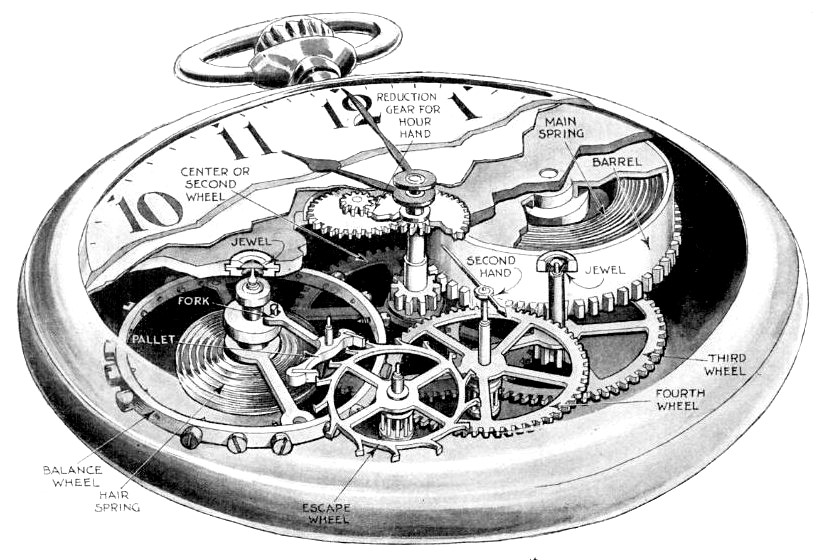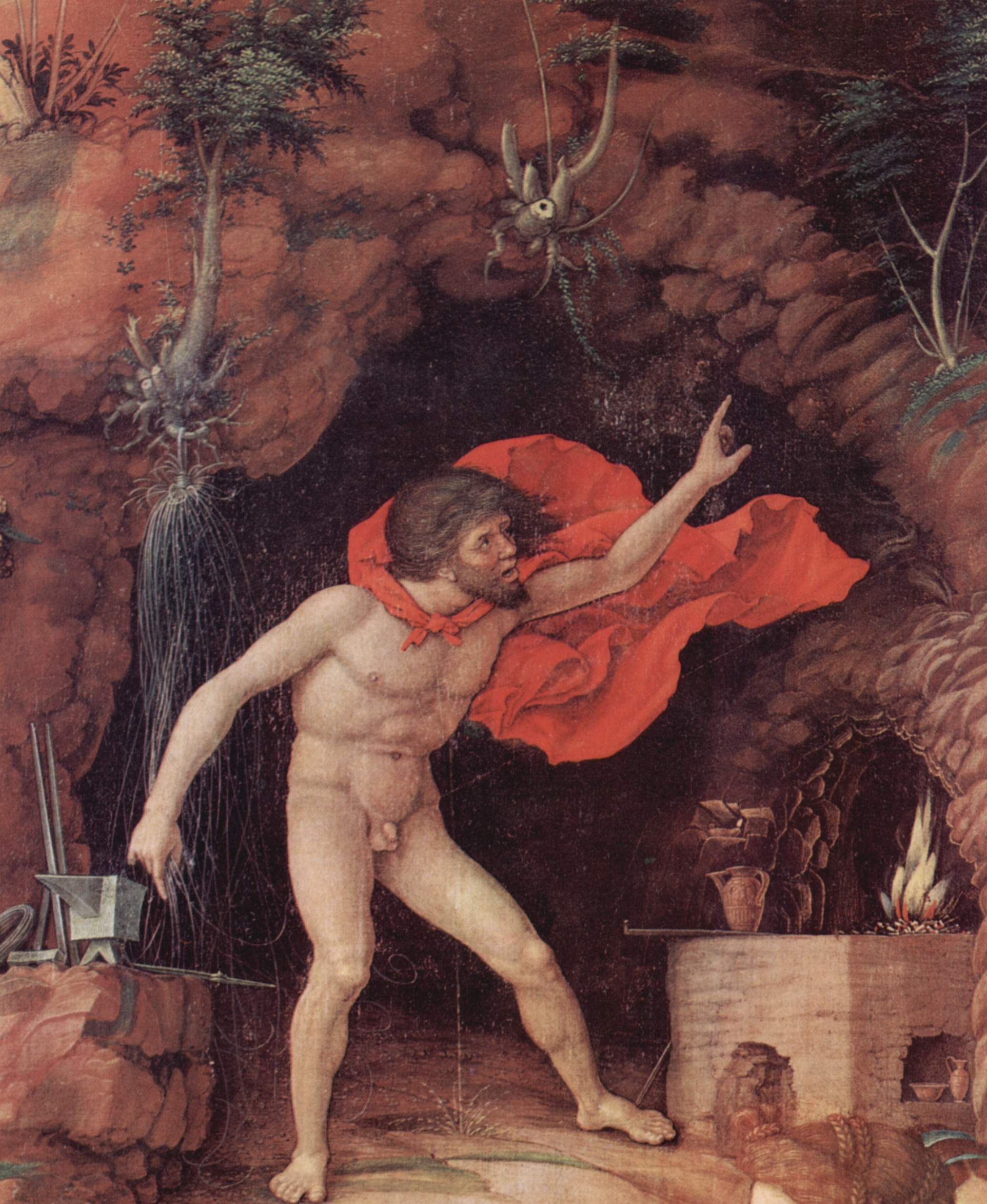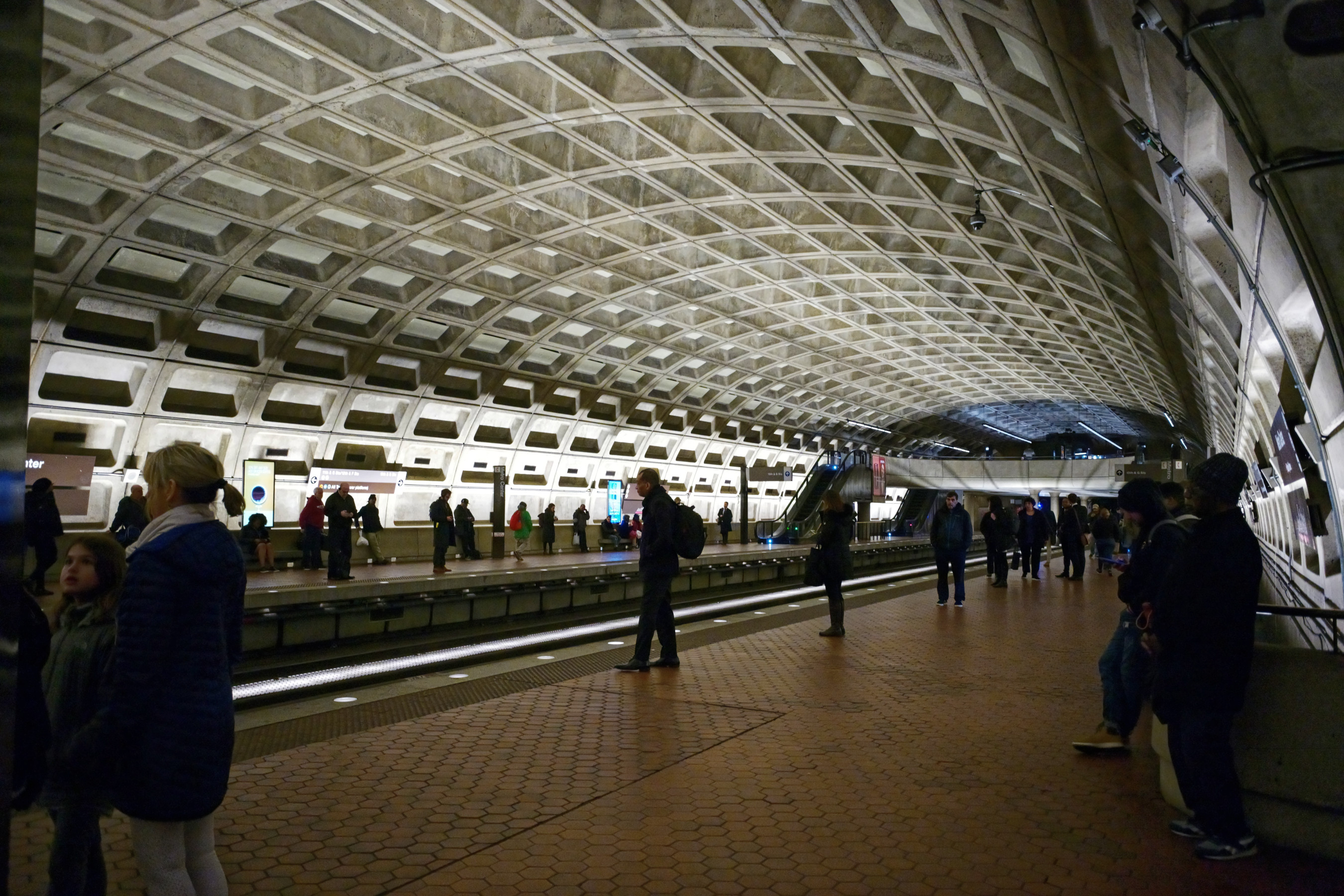|
Sheffield Town Hall
Sheffield Town Hall is a municipal building on Pinstone Street in the Sheffield, City of Sheffield, England. The building is used by Sheffield City Council, and also contains a publicly displayed collection of silverware. It is a Grade I listed building. History The current building, commissioned to replace the Sheffield Old Town Hall, Old Town Hall, was designed by the London-based architect Edward William Mountford in the Renaissance Revival architecture, Renaissance Revival style and constructed between 1890 and 1897. The building was opened by Queen Victoria, using a remote control lock from her carriage, on 21 May 1897. The turning of the key in the lock triggered a light in the building which was the signal for three concealed men to open the gates. An extension designed by F. E. P. Edwards was opened by the Edward VIII, Prince of Wales on 29 May 1923. The Peace Gardens, gardens were first laid out in 1938, following the demolition of St Paul's Church, Sheffield, St Pau ... [...More Info...] [...Related Items...] OR: [Wikipedia] [Google] [Baidu] |
Cathedral Church Of St Marie, Sheffield
The Cathedral Church of St Marie is the Roman Catholic cathedral in Sheffield, England. It lies in a slightly hidden location, just off Fargate shopping street, but signals its presence with a spire, the tallest in Sheffield. It is a notable example of an English Roman Catholic cathedral, with much fine interior decoration. Reordering of the sanctuary following the Second Vatican Council has been sensitive. There are several notable side altars as well as historic statues and painted tiles. History Reformation Before the English Reformation the Church of England was part of the Roman Catholic Church and Sheffield's medieval parish church of St Peter (now the Cathedral Church of Saint Peter and Saint Paul) was the principal Catholic church in the district. In 1534, during the reign of Henry VIII, the Church of England separated from Rome and Catholic worship was outlawed. Until the 18th century, Catholics faced fines, loss of property and social exclusion and Catholic priests w ... [...More Info...] [...Related Items...] OR: [Wikipedia] [Google] [Baidu] |
Peace Gardens
The Peace Gardens are an inner city square in Sheffield, England. The Gardens themselves front onto Sheffield's gothic town hall, not to be confused with Sheffield City Hall (a concert venue), or the Sheffield Old Town Hall at Castle Market. History The Gardens were first laid out in 1938, following the demolition of St Paul's Church. Originally named St Paul's Gardens, they were immediately nicknamed the "Peace Gardens", marking the contemporary signing of the Munich Agreement. The Gardens were originally intended to be replaced by an extension to the Town Hall, but due to the Second World War, this was never built.The Peace Gardens , Sheffield City Council ... [...More Info...] [...Related Items...] OR: [Wikipedia] [Google] [Baidu] |
Dragon Of Wantley
The Dragon of Wantley is a legend of a dragon-slaying by a knight on Wharncliffe Crags in South Yorkshire, recounted in a Comics, comic broadside ballad of 1685. It was later included in Thomas Percy (bishop of Dromore), Thomas Percy's 1767 ''Reliques of Ancient English Poetry'', enjoying widespread popularity in the 18th and 19th centuries, although less well-known today. In 1737, the ballad was adapted (in English) into one of the more successful operas to appear in London up to that point. The ballad tells of how a huge dragon – almost as big as the Trojan Horse – devours anything it wishes, even trees and buildings, until the John Falstaff, Falstaffian knight Moore of Moore Hall obtains a bespoke suit of spiked Sheffield armour and delivers a fatal kick to the dragon's "arse-gut" – its only vulnerable spot, as the dragon explains with its dying breath. The topography of the ballad is accurate in its detail as regards Wharncliffe Crags and environs, but the story, and its ... [...More Info...] [...Related Items...] OR: [Wikipedia] [Google] [Baidu] |
Chandelier
A chandelier () is an ornamental lighting device, typically with spreading branched supports for multiple lights, designed to be hung from the ceiling. Chandeliers are often ornate, and they were originally designed to hold candles, but now incandescent light bulbs are commonly used, as well as fluorescent lamps and light-emitting diode, LEDs. A wide variety of materials ranging from wood and earthenware to silver and gold can be used to make chandeliers. Brass is one of the most popular with Dutch or Flemish brass chandeliers being the best-known, but glass is the material most commonly associated with chandeliers. True glass chandeliers were first developed in Italy, England, France, and Bohemia in the 18th century. Classic glass and crystal chandeliers have arrays of hanging "crystal" Prism (optics), prisms to illuminate a room with Refraction, refracted light. Contemporary chandeliers may assume a more minimalist design, and they may illuminate a room with direct light from t ... [...More Info...] [...Related Items...] OR: [Wikipedia] [Google] [Baidu] |
HMS Sheffield (D80)
HMS ''Sheffield'' was a Type 42 guided missile destroyer and the second Royal Navy ship to be named after the city of Sheffield in Yorkshire. Commissioned on 16 February 1975 the ''Sheffield'' was part of the Task Force 317 sent to the Falkland Islands during the Falklands War. She was struck and heavily damaged by an Exocet air-launched anti-ship missile from an Argentine Super Étendard aircraft on 4 May 1982 and foundered while under tow on 10 May 1982. Design The first of the Type 42 class, ''Sheffield'', was initially fitted with the odd-looking "Mickey Mouse" ears on her funnel tops which were in fact exhaust deflectors – "Loxton bends" – for the Rolls-Royce Olympus TM3B gas turbines, to guide the high-temperature exhaust efflux sidewards and minimise damage to overhead aerials. As this provided a prominent target for then-new infrared homing missiles, only ''Sheffield'' and the next two in the class, the Argentinian ''Hércules'' and ''Santísima Trinidad'', ha ... [...More Info...] [...Related Items...] OR: [Wikipedia] [Google] [Baidu] |
Wheel Train
In horology, a wheel train (or just train) is the gear train of a mechanical watch or clock. Although the term is used for other types of gear trains, the long history of mechanical timepieces has created a traditional terminology for their gear trains which is not used in other applications of gears. Watch movements are very standardized, and the wheel trains of most watches have the same parts. The wheel trains of clocks are a little more varied, with different numbers of wheels depending on the type of clock and how many hours the clock runs between windings (the "going"). However, the wheel trains of clocks and watches share the same terminology, and are similar enough that they can be described together. The large gears in timepieces are generally called ''wheels'', the smaller gears they mesh with (large to small, large to small) are called pinions, and the shafts that the wheels and pinions are mounted on are called ''arbors''. The wheels are mounted between the plates ... [...More Info...] [...Related Items...] OR: [Wikipedia] [Google] [Baidu] |
Potts Of Leeds
Potts of Leeds was a major British manufacturer of public clocks, based in Leeds, Yorkshire, England. History William Potts was born in December 1809 and was apprenticed to Samuel Thompson, a Darlington clockmaker. In 1833, at the age of 24, William moved to Pudsey near Leeds, to set up his own business. Initially the business was primarily concerned with domestic timepieces, however this gradually expanded into the manufacture and repair of public clocks. In 1862 the business moved to Guildford Street, Leeds, and later, a workshop for public clocks opened nearby in Cookridge Street. This heralded the most productive and profitable years of the business with large numbers of public clocks being installed both home and abroad for cathedrals, churches, town halls, schools, engineering works and railways. Queen Victoria granted the company a Royal Warrant of Appointment (United Kingdom), Royal Warrant in 1897. In 1875 they installed a model of the time ball at Greenwich in th ... [...More Info...] [...Related Items...] OR: [Wikipedia] [Google] [Baidu] |
Vulcan (god)
Vulcan (, in archaically retained spelling also ''Volcanus'', both pronounced ) is the god of fire including the fire of volcanoes, deserts, metalworking and the forge in ancient Roman religion and myth. He is often depicted with a blacksmith's hammer. The Vulcanalia was the annual festival held August 23 in his honor. His Greek counterpart is Hephaestus, the god of fire and smithery. In Etruscan religion, he is identified with Sethlans. Vulcan belongs to the most ancient stage of Roman religion: Varro, the ancient Roman scholar and writer, citing the Annales Maximi, records that king Titus Tatius dedicated altars to a series of deities including Vulcan. Etymology The origin of the name is unclear. Roman tradition maintained that it was related to Latin words connected to lightning (), which in turn was thought of as related to flames. This interpretation is supported by Walter William Skeat in his etymological dictionary as meaning ''lustre''. It has been supposed that ... [...More Info...] [...Related Items...] OR: [Wikipedia] [Google] [Baidu] |
Frieze
In classical architecture, the frieze is the wide central section of an entablature and may be plain in the Ionic order, Ionic or Corinthian order, Corinthian orders, or decorated with bas-reliefs. Patera (architecture), Paterae are also usually used to decorate friezes. Even when neither column (architecture), columns nor pilasters are expressed, on an astylar wall it lies upon the architrave ("main beam") and is capped by the molding (decorative), moldings of the cornice (architecture), cornice. A frieze can be found on many Greek and Roman buildings, the Parthenon Frieze being the most famous, and perhaps the most elaborate. In interiors, the frieze of a room is the section of wall above the picture rail and under the crown moldings or cornice. By extension, a frieze is a long stretch of painting, painted, sculpture, sculpted or even calligraphy, calligraphic decoration in such a position, normally above eye-level. Frieze decorations may depict scenes in a sequence of ... [...More Info...] [...Related Items...] OR: [Wikipedia] [Google] [Baidu] |
Derbyshire
Derbyshire ( ) is a ceremonial county in the East Midlands of England. It borders Greater Manchester, West Yorkshire, and South Yorkshire to the north, Nottinghamshire to the east, Leicestershire to the south-east, Staffordshire to the south and west, and Cheshire to the west. Derby is the largest settlement, and Matlock is the county town. The county has an area of and a population of 1,053,316. The east of the county is more densely populated than the west, and contains the county's largest settlements: Derby (261,400), Chesterfield (88,483), and Swadlincote (45,000). For local government purposes Derbyshire comprises a non-metropolitan county, with eight districts, and the Derby unitary authority area. The East Midlands Combined County Authority includes Derbyshire County Council and Derby City Council. The north and centre of Derbyshire are hilly and contain the southern end of the Pennines, most of which are part of the Peak District National Park. They include Kinde ... [...More Info...] [...Related Items...] OR: [Wikipedia] [Google] [Baidu] |
Grindleford
Grindleford is a village and civil parish in the county of Derbyshire, in the East Midlands of England. The population of the civil parish as taken at the 2011 Census was 909. It lies at an altitude of in the valley of the River Derwent in the Peak District National Park. The 17th-century Grindleford Bridge crosses the river on the western side of the village. On the west side of the valley is the high Sir William Hill, and to the south-east lies the gritstone escarpment of Froggatt Edge. Grindleford became a parish in 1987, merging the parishes of Eyam Woodlands, Stoke, Nether Padley and Upper Padley. The nearest city to Grindleford is Sheffield, the centre of which is about away. For rail travellers, the Sheffield suburb of Totley is less than four miles away at the other end of the Totley Tunnel, the second-longest rail tunnel in the UK. Grindleford railway station (actually located in Upper Padley, half a mile away from the village) is at the western portal of the r ... [...More Info...] [...Related Items...] OR: [Wikipedia] [Google] [Baidu] |
Brutalist Architecture
Brutalist architecture is an architectural style that emerged during the 1950s in the United Kingdom, among the reconstruction projects of the post-war era. Brutalist buildings are characterised by Minimalism (art), minimalist constructions that showcase the bare building materials and Structural engineering, structural elements over decorative design. The style commonly makes use of exposed, unpainted concrete or brick, angular geometric shapes and a predominantly monochrome colour palette; other materials, such as steel, timber, and glass, are also featured. Descended from Modernism, brutalism is said to be a reaction against the nostalgia of architecture in the 1940s. Derived from the Swedish phrase ''nybrutalism'', the term "new brutalism" was first used by British architects Alison and Peter Smithson for their pioneering approach to design. The style was further popularised in a 1955 essay by architectural critic Reyner Banham, who also associated the movement with the Fre ... [...More Info...] [...Related Items...] OR: [Wikipedia] [Google] [Baidu] |







